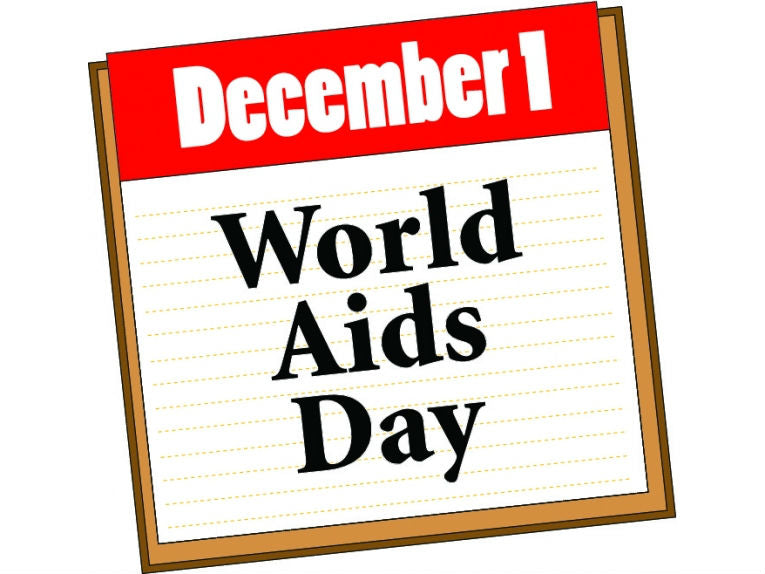Acquired immune deficiency syndrome, other wise known as AIDS, was first recognised in North America in the early 1980s. It is caused by a virus known as "human immunodeficiency virus", or HIV for short. In the last 30 years HIV infection has become a worldwide pandemic and has been responsible for the deaths of about 30 million people.
Certain groups of the population are more at risk than others. These include bisexual or gay men and people who inject illicit drugs, but HIV infections are also increasing among women and members of Aboriginal, African and Caribbean communities.
The virus is found in bodily fluids, including blood, semen, vaginal fluid and breast milk. In the developed world the most common sources of infection are through unprotected heterosexual or homosexual sex and the sharing of needles.
HIV is transmitted when bodily fluids are exchanged, most commonly during vaginal, anal or oral sex. An infected mother can transmit HIV to her baby during childbirth, or through her breast milk. The virus can also be found in saliva, sweat and tears, but not in significant enough amounts to enable transmission to another person.
Once the virus enters the blood stream it multiplies and immediately takes over the cells that are vital to the immune system, disrupting the body's ability to fight off other infections.
Symptoms begin to appear within two to twelve weeks and at that time the infected person is highly infectious. The body's immune system will fight back and develop antibodies and the infected person will seemingly recover. But gradually, often after a period of years, the immune system will weaken and AIDS will be the result. AIDS is the term applied to advanced HIV disease.
It has been estimated that in 2011 between 1.5 and 1.9 million people worldwide died from AIDS-related illness; between 2.2 million and 2.8 million people became newly infected with HIV, including 330,000 children and it is believed that between 31.4 million and 35.9 million people around the world are living with HIV, many of whom are completely ignorant of the fact.
It is estimated that in sub-Saharan Africa, on average, 5% of the population are infected with HIV, but in some countries like Swaziland and Botswana the rate is about 30%. This is a total of 22.9 million people, or 68% of world infections. 66% of global deaths from AIDS-related illness, about 1.2 million, also occurred in the sub-Saharan region.
About 4 million people in South and Southeast Asia are infected with HIV and about a quarter of a million people died from AIDS-related illness. Approximately 2.5 million of those infected are in India.
The tragedy is that during the past few years antiretroviral treatments have been developed, but these are still not readily available in the regions most affected.
Since the 15 and 49-year-olds are the most commonly infected age group to be infected with HIV/AIDS, this has serious socio-economic implications with respect to development progress in many poor countries, especially those in sub-Sahara Africa. 14.8 million children in that region have already lost one or more parents to the disease. In South Africa alone there are 1.9 million children who have been orphaned as a result of AIDS.
It was in 1987, six years after the disease began to manifest itself, that the idea of a World AIDS Day was conceived by the World Health Organisation. 1stDecember was chosen as a suitable day because generally speaking this was a dead time in the world news calendar and the world press would be looking for an interesting story to cover. It is now a recognised day in all UN countries.
There is room for some cautious optimism. The UN reports that in the past two years significant progress has been made in the global reductions of new HIV infections among newborn children. Antiretroviral therapy has proved to be very effective in saving lives and the number of people globally who now have access to this has risen by 63%.
Naturally there is a need for further investment and according to the UN there is a 30% gap between what is needed and what is available.
Ten goals with respect to HIV/AIDS have been set by the UN to be achieved by 2015.
The theme for World Aids Day for this year is "Getting to zero; zero new HIV infections; zero discrimination; zero AIDS-related deaths". It is clear that significant progress has been made, but there is still a very long way to go if the UN target is going to be met.










